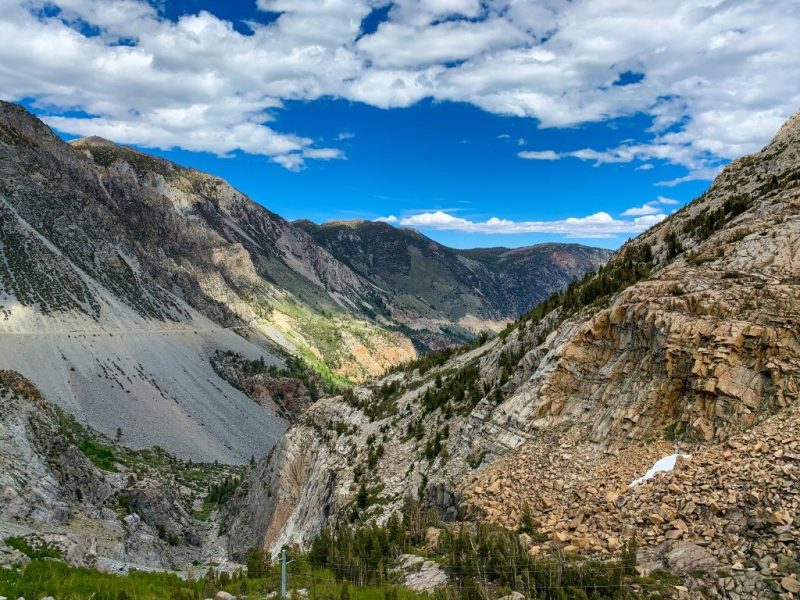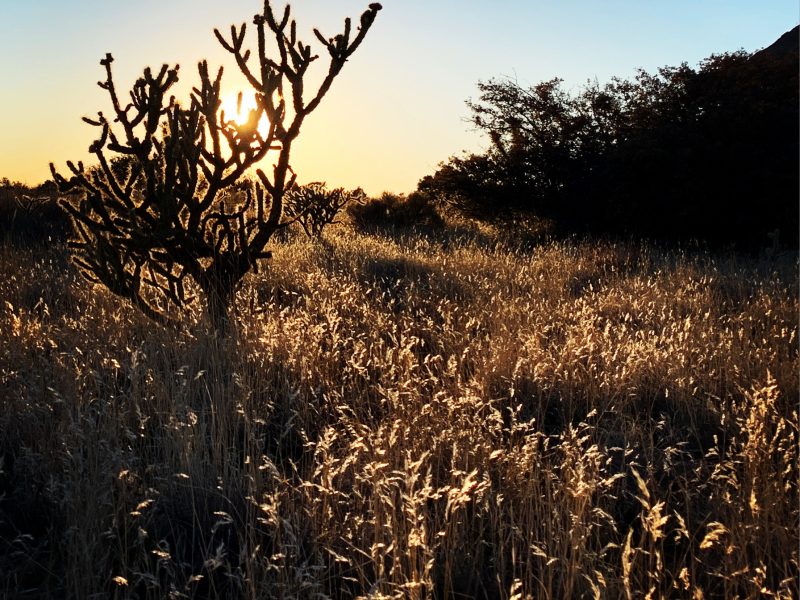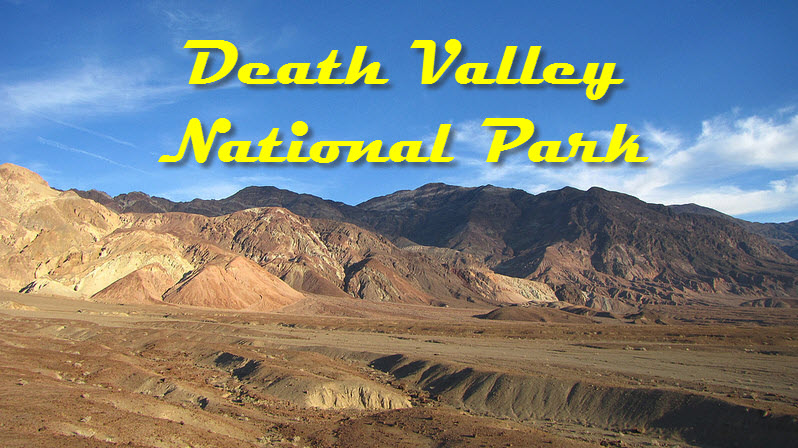I got the chance during my hectic schedule to take the family to the Oceano Dunes over Spring Break. I’ve been camping at Oceano, aka Pismo, regularly for the past 12 years and it never seems to get old. Pismo is the only place on the West Coast where you can camp and ride your off road vehicle right on the beach. It truly is an escape for us who live in the hot central valley.
With over 2 million visitors per year, the Oceano Dunes S.V.R.A is California’s busiest state park. Over 1,500 ridable acres, the ocean, and the beautiful weather make it a favorite destination for the off road community.

Now for some, towing their heavy Toy Hauler across soft sand can be intimidating and you might just pass at the chance to go, but that would be a mistake. Pismo is really worth the effort so I’ll offer some suggestions that will make it easier.
Reservations
Reservations are recommended on most summer weekends. Check out ReserveAmerica.com for reservations. Make sure you are making them for the Oceano dunes SVRA not Pismo State Beach.
Tides
Time your arrival at low tide. The firmly packed wet sand is easier to drive on and the driving lanes are much wider. Click here for a tide chart
Fresh Water
If your coming to Pismo from some distance away, you may want to wait until you get to town to fill up with water. You have two choices. You can get your water from Yobananaboy on the beach for a fee or get it at the public RV dump site on Le Sage Dr just one block north of Grand Ave, west of Hwy 1, adjacent to the Pismo State Beach Golf course. If you arrive after hours, you can park on the street and combine several fresh water hoses to reach the hose bibb. You can also dump here on your way home
4wd is a recommended
It is not recommended to use a 2wd vehicle. On the hard packed sand use 4wd high. Use 4wd low in the softer stuff.
Airing Down
Once you get on the beach, find a suitable place to pull over and air down. Airing down will give your truck and trailer more flotation in the sand. Removing the valve stem is the quickest method but have a spare stem if you accidently drop it. Automatic deflators are also commercially available. Click here for a comparison of the different types. At a minimum, you’ll want to air your truck and trailer tires down to at least 20 psi. If the sand is very soft or you find yourself getting stuck, you may want to go down to 15 psi but be careful not to go below 10 psi or risk breaking the bead.
Airing back up
If you only come to Pismo once a year you can choose to use the vendors who charge a small fee for airing you back up. I believe $1 per tire is the going rate. They can be found on the beach past the creek. Otherwise it maybe a good idea to get a good 120 volt air compressor. Make sure you bring an air gauge, at least a 25 ft hoze, and a clip on air chuck. Stay away from the 12 volt models. In my opinion they are two slow and they drain your batteries too fast to make sense so you end up starting your generator anyway. Another option is C02. C02 tanks are commercialy available from companies like Powertank. Although costly, C02 has several advantages, namely speed and portability.
The Creek
Once you air down and continue south you may encounter the infamous Arroyo Grande Creek. The Creek can get nasty, especially during winter months after big storms but if you’ve timed your arrival at low tide you shouldn’t have any problems crossing. For the most part it shouldn’t be more than a few inches deep. Watch others cross first. You will learn the trick is to cross at a slight angle facing toward the ocean. Keep moving at a slow pace, DO NOT gun it as you may find water crashing over your hood and stalling your engine.
Finding a spot
Shortly after you pass the creek you will see pole #1. No ATV riding is allowed north of Pole#1. This is also where the rental companies set up at. Keep traveling south until you find a suitable spot that is past pole #2 but keep in mind, for obvious reasons, you must camp above the high tide line. Feel free to park on the hard pack (but don’t block traffic), get out of your vehicle and walk the area you plan on setting up at. Note how firm the sand is. If its been blowing, you may notice drifts of sand that are lighter in color. These drifts are soft so you want to avoid them if you can. You will also notice darker wet sand, this type of sand is your friend. Play it out in your mind the route you will take. You can also choose to unload your heavy toys and passengers here to lighten the load. If you plan on parking parallel to the water you will need to go further down the beach and make a wide sweeping U-turn. Once your lined up, put it in 4wd low and aim for your parking spot. Travel at a good steady speed and don’t stop until you reach your spot. Your speed and momentum are key to not getting stuck. On the other hand, sharp turns are your enemy. Avoid them at all costs.
Getting Stuck.
Despite all your cautions, eventually you’ll get stuck. Its part of the experience. So bring at least one shovel and a tow strap. Keep in mind to try not to bury your vehicle up to the frame. Once you feel your losing the battle, let off and seek help. Dig out a trench in front of all 4 tires and if needed use a strip of wood or carpet for traction. Also consider unloading the toys and your passengers. If you have a buddy with a 4wd truck have him come in front and hook your tow strap to his hitch. If not, you may have luck in asking someone nearby. When hooking up, do not just put the strap around a hitch ball. This could be dangerous if the ball should break. The best way is to remove the hitch, stuff the strap into the receiver and put the pin through the strap. Make sure there is 3-4 feet of slack in the strap. Time your takeoff at the same time or a instant before the strap jerks you out.
Bring some wood
Not just firewood, but sheets of plywood in 2′ x 8′ strips that can be leaned against your toy hauler to block the wind. This will keep the landing gear of your trailer from being undermined by the wind and make the living side of your trailer more comfortable. You could also use tarps but unless they are securely fastened they will move with the wind, are very noisy, scratch your walls, and eventually tear.
Cover your toys
Bring some type of cover to put over your toys to keep the moisture off them at night. The dew is heavy at Pismo during the winter. Some recommend spraying exposed metal with WD-40 to prevent rust.
Kiddie Tracks
If you feel the need to make one, be sure to fill it back in before you leave. They can be deadly to unsuspecting riders and could possibly get others stuck.
Closed Areas
Seasonal closures in certain areas are in effect from March 1 until September 30 to coincide with the Snowy Plover breeding season. During these times. the beach will be closed from pole 7 to pole 9 from the waterline and in about 100 yards. There is also a fence around the entire perimeter but in some places it tends to get covered by the shifting sand. In addition there are several fences enclosed around vegetation throughout the park. When riding be extra careful to stay out of these closed areas. The people who want to close the beach are watching with cameras!
Have fun!
Now that you made it in and found a spot you can now relax and enjoy the beauty of the Oceano Dunes.

.jpg)
.jpg)
.jpg)
.jpg)



2 comments
Hey, I like your post. We are thinking about taking our first trip up to pismo soon and not sure what to expect. We live in San Diego and we go to Glamis. So we are used to plenty of free space to ride, our concern is how small the riding area is. Is it worth the drive for us, in San Diego…to drive all that way, and is it worth it to bring a buggy or should we just bring quads? Any advice would be great, thank you so much!
Kara
Kara, although the riding experience does not compare to Glamis in size or quality but the Oceano Dunes are special in there own way and deserve to be experienced. 2 million visitors per year cant all be wrong!